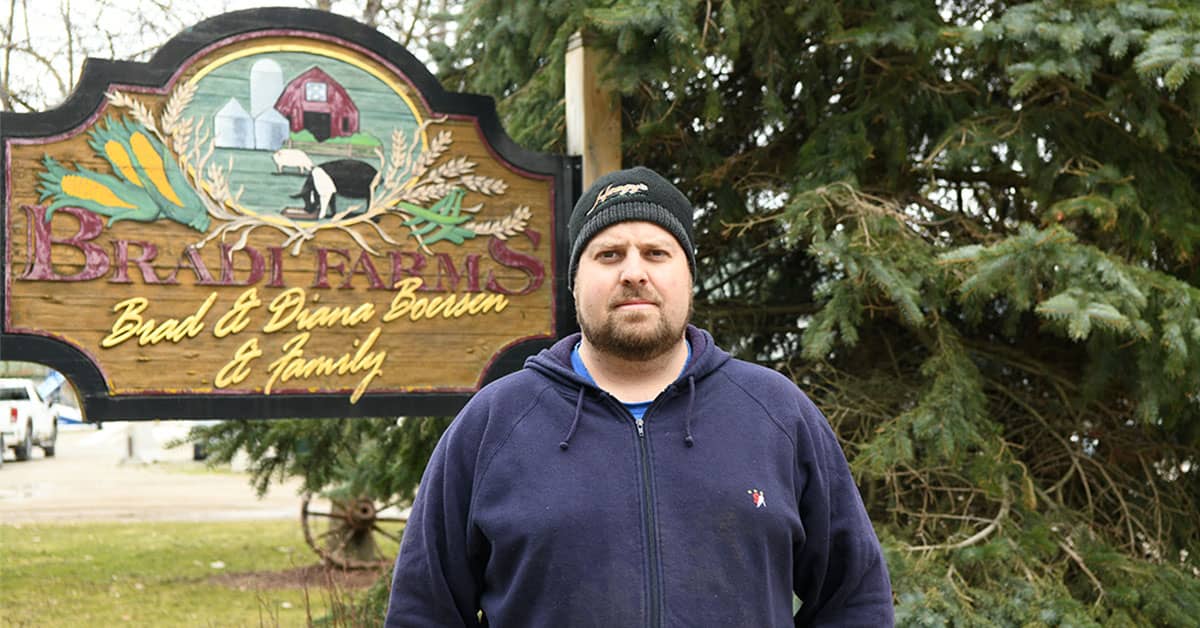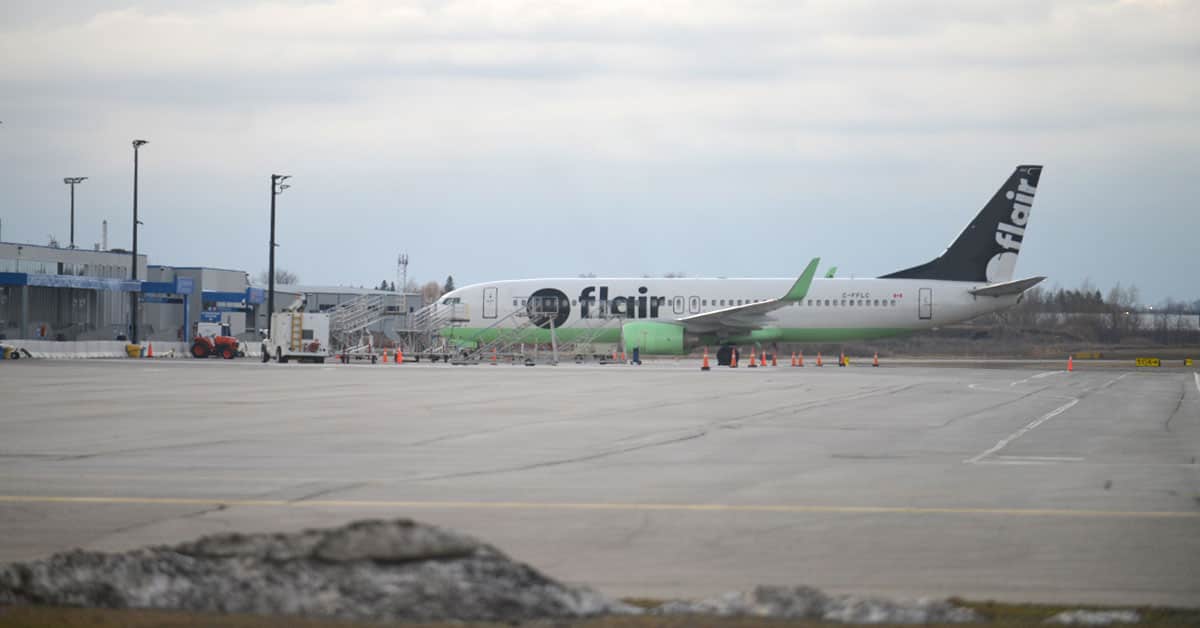Farmers remain unhappy with the Canadian government over a decision not to directly return the money paid by farmers for a fertilizer tariff imposed last year in retaliation against Russia for the Ukrainian invasion.
In March last year, the federal government placed a 35 per cent tariff on all imports from Russia and Belarus (which supports Russia), including fertilizer.
“Last year when Russia invaded Ukraine, they lost their most-favoured-nation status from Canada and a lot of farmers had already prepaid in the fall of 2021 for fertilizer that just was going to be shipped in the spring,” said Brendan Byrne, chair of Grain Farmers of Ontario.
“So by the time that fertilizer came in from Russia in the spring, and tariffs had been applied to it, and that had to be paid before it would be allowed into Canadian waters. So a lot of farmers ended up paying a tariff bill that would not affect Russia, it would only affect them.”
He said that the tariff paid by Canadian farmers to receive the fertilizer they already paid for had little or no impact on Russian producers.
“We had hoped that when the tariff came in, that it would kind of get worked out between the government and the actual fertilizer [distributing] companies. But because it didn’t, then the fertilizer companies passed it along to the farmer.”
Byrne said the amount of tariff paid by individual farmers ranged from the hundreds to the tens of thousands of dollars.
In December, the federal government announced that Canada was sending $115 million in tariff revenues to restore energy infrastructure in Ukraine.
Josh Boersen is the vice-chair of the Ontario Grain Farmers’ association and a grain and chicken farmer near Gadshill. He says he had to pay around $10,000 extra because of the tariff, noting one of his suppliers honoured the original price quoted, while another did not.
“It comes right out of the bottom line. I don’t know that we cut anything specifically – there was a loss in profits that we could realize to reinvest in the business, so it came right out of the bottom line,” he said.
“It’s a difficult thing to cut very much in crop production. Grain needs what it needs to produce and where we are competitively with land and things, we can’t really shave too much or we’re just going to put ourselves at a greater disadvantage.”
Byrne said the tariff also impacted prices of fertilizer from other countries.
“It also drove up the price of product that wasn’t coming in from Russia because if you were sourcing, say, in Morocco or somewhere else, they knew that Canadians couldn’t take products from that Russian region without paying a tariff, so they could artificially raise their price. It would be cheaper than the Russian product with the tariff because of the 35 per cent, but they might have raised the price by 30 per cent, just because they knew they could because Canadian retailers couldn’t source elsewhere in a quick enough time frame.”
While last year’s market prices were high, Boersen said many farmers were hoping to rely on the high price to provide a cushion if prices fall. Farm groups had hoped the federal budget would include a mechanism to return the money spent by farmers directly back to them.
In the 2023 federal budget, under the heading, “Supporting Farmers for over three years to Agriculture and Agri-Food Canada’s On-Farm Climate Action Fund” there are provisions to “support adoption of nitrogen management practices by Eastern Canadian farmers, that will help optimize the use and reduce the need for fertilizer.”
Tim Louis, Member of Parliament for Kitchener-Conestoga, said the tariffs were put in place to hold Russia accountable for its actions. “However, the government recognizes that Canadian farmers were negatively impacted and that is why a mechanism for farmers to recoup costs was included in the 2023 federal budget.”
He said the decision to implement the tariff immediately was made to “show Canada’s strong condemnation of Russia’s actions and to demonstrate solidarity.”
“The tariff took effect when Canada removed Russia from most-favoured-nation treatment. There has been no exception to that decision. Delaying the enforcement of the tariff would have weakened the impact of Canada’s response. As a reaction to the tariff, many purchasers were able to source their year’s supply of fertilizer from another country.”
He added that returning the tariff directly to farmers would be difficult. “The cost of the tariff was absorbed and distributed in different ways by resellers, making direct reimbursement complex to orchestrate.”
Instead, he said the funds will go toward programs to benefit Canadian farmers.
Additionally, Louis is a member of the Agriculture Committee. “We are studying the feasibility of a domestic supply of nitrogen fertilizers in Eastern Canada,” he said.
Louis said the tariff may be re-evaluated as the situation evolves, “but any decision to drop the tariff will depend on the broader geopolitical context and the actions taken by Russia.”
The On-Farm Climate Action Fund will help farmers adopt practices that store carbon and reduce greenhouse gases, the MP said.
In Ontario the fund will be administered by the Ontario Soil and Crop Improvement Association. Farmers will need to apply to the fund.
“Fertilizer is the largest on-farm expense for crop producers. The fund will help farmers with the adoption of sustainable agricultural practices including financial assistance for implementing climate-smart technologies, promoting soil health, and enhancing resource efficiency,” he said.
He also mentioned other aspects of the budget provide funding for interest-free cash advances for farms, support foot-and-mouth disease preparedness and establishes a Dairy Innovation and Investment fund.
Byrne said farmers are disappointed by the plan.
“[The tariff money is] going into a climate fund that they could simply fund themselves if they wanted to,” he said. “There was no need to put farmers’ money into that program. Some of the farmers that will be out the thousands of dollars will now have to try to do something else in order to qualify for some of that money back. So it’s not something we wanted nor something that we would ever endorse.
“The only fair and equitable option in this, is that if a farmer paid the tariff, they get that money back. We weren’t interested in them coming up with a program they wanted to put it in or spreading it out all over agriculture.”









